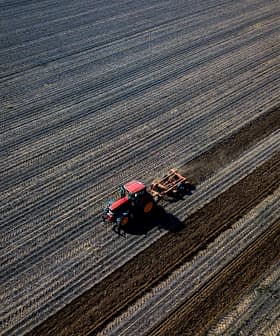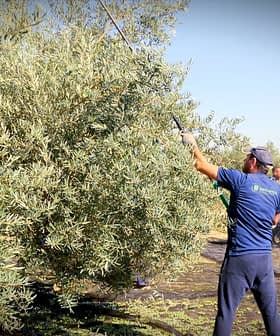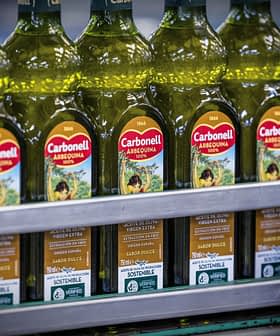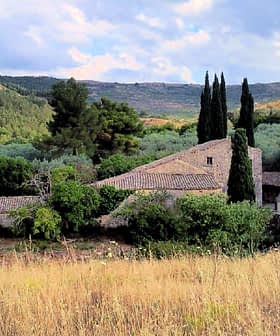Olive Mill Waste Seen as a Renewable Resource for Biosurfactant Production
Researchers have discovered an innovative, cost-effective and environmentally viable process to recycle olive oil waste byproduct into valuable biosurfactants.
 Olive oil production plant in Cordoba, Spain
Olive oil production plant in Cordoba, SpainThe Mediterranean region, including Spain, Italy, Greece and Tunisia, produces the vast majority of world’s olive oil which consequently generates large amounts of polluted waste during the production process.
Researchers are actively seeking strategies to reduce the vast quantities of olive mill byproduct that is both environmentally and economically viable. Spain as the largest producer of olive oil has been especially focusing efforts on lowering this waste burden and its impact on the environment.
See Also:Articles on Sustainability and the Environment
During the extraction phase, a paste known as alpeorujo or olive mill waste (OMW) is produced. This solid waste is a rich source of polyphenols which exhibit antimicrobial activity and thereby inhibit further biological recycling. Currently, alpeorujo is used for energy production which is not productive or cost-effective.
Alpeorujo also has high amounts of lignocellulosic material, residual oil and minerals suitable as a carbon source for bacteria growth.
Biosurfactants (BS) are biological and biodegradable surface active molecules produced through fermentation into various chemical structures such as glycolipids, fatty acids and phospholipids. They are also superior alternatives to synthetic surfactants due to optimal stability and performance under extreme environmental conditions.
The use of these compounds in soil conditioning, food, medicine and pharmaceutical industries have further added infinite value as an environmentally viable replacement to the chemically produced surfactants.
However, the high development costs are a drawback on the large-scale industrial production of biosurfactants and considerable process optimization is required to ensure economic sustainability.
One strategy employed by agriculture and food industries is to use waste products such as waste oils, fatty acids and glycerol as a carbon source by fermentation to reduce associated production costs.
This idea led a collaborative group of researchers from Spain and Ireland to the innovative use of carbon-rich alpeorujo in the production of biosurfactants through fermentation substrates Pseudomonas aeruginosa and Bacillus subtilis bacterial species.
In a groundbreaking twist, the same research groups demonstrated that hydrolysis pretreatment of the OMW significantly increased bioavailability of the sugars present in alpeorujo resulting in marked improvement in biosurfactants production.
The scientists found that compared to acid or acid-enzymatic pretreatment, the highest yield of surfactant was produced by enzymatic hydrolysis pretreatment of the waste by-product.
The group also showed that the use of OMW as the sole carbon source is similar to that of glucose for biosurfactant production, indicating large scale BS production achievable at a lower cost and a more efficient substrate.
Furthermore, the production of biosurfactants was not only significantly improved with increased concentration of OMW, but there was also a faster turn-around with the hydrolyzed pretreatment process.
The scientists concluded that “an appropriate hydrolysis pretreatment is a key factor for a potential industrial production of biosurfactant from OMW.”
The researchers noted that “while many agroindustrial residues demand some kind of physical pretreatment before the hydrolysis stage, OMW is already ground, so its use will avoid this energy-intensive step. This imparts a great advantage over other lignocellulosic agroindustrial wastes in a future development of a cost effective BS production process.”
- Ramírez, Ignacio Moya, et al. “Rhamnolipid and surfactin production from olive oil mill waste as sole carbon source.” Bioresource technology 198 (2015): 231 – 236
- Ramírez, Ignacio Moya, et al. “Hydrolysis of olive mill waste to enhance rhamnolipids and surfactin production.” Bioresource technology 205 (2016): 1 – 6








